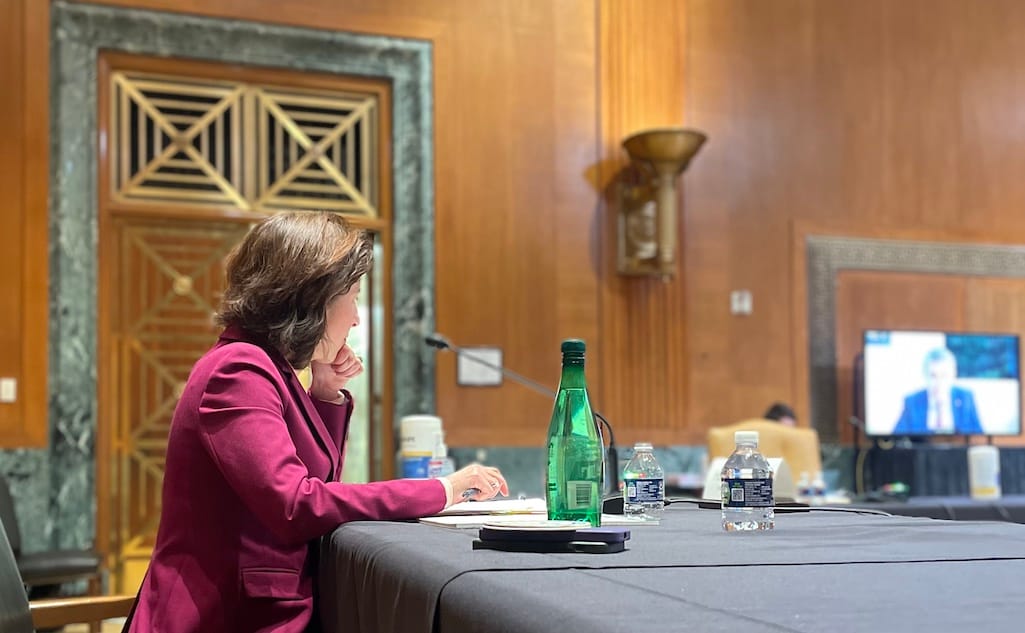Commerce Secretary Says Expect More Accurate Broadband Maps This Summer
Accurate maps will allow federal dollars to target unserved and underserved areas.
Ashlan Gruwell

WASHINGTON, February 2, 2022 – Commerce Secretary Gina Raimondo said Tuesday that more accurate maps from the Federal Communications Commission could be on their way this summer, eventually opening the way for money to flow from infrastructure legislation signed in November.
Raimondo told a subcommittee of the Senate Committee on Appropriations, which handles spending, that her office has been in close contact with the FCC about map development. The FCC has been working on creating the most accurate surveys – adding crowdsourced data to the dataset – to give the government and the internet service providers an idea of what areas are in most need of broadband infrastructure.
Raimondo was responding to a question from Senator Jeanne Shaheen, D-New Hampshire, about the status of the maps and how accurate they will be. Observers have noted that the Infrastructure Investment and Jobs Act money will not move unless more accurate maps are released – an effort to avoid problems experienced in the FCC’s Rural Digital Opportunity Fund, which awarded projects in areas with adequate existing infrastructure.
Senator Susan Collins, R-Maine, noted as much when she raised the prospect of IIJA money going toward “overbuilding” – or building infrastructure in areas with existing infrastructure. Raimondo noted that the IIJA “provides a crystal-clear framework to prioritize unserved, then underserved,” and then echoed Collins’s thoughts about how harmful overbuilding would be for the American people – though some would disagree.
States concerned about getting funding
Senator Jerry Moran, R-Kansas, expressed his concern that some areas in his state might be mislabeled as served, instead of unserved or underserved, and lose out on funding.
Raimondo said the National Telecommunications and Information Administration, an agency of the Commerce Department tasked with spreading out $42.5 billion from the IIJA, is hiring one person for each state that will be the “single point person” so the NTIA can become a one-stop-shop, with people who will be on the ground and aware of each state’s needs. In addition, her department is also focusing on increasing stakeholder engagement, she said.
Raimondo said the legislation is purposefully flexible to help individual states reach the goals of high quality, reliable, and affordable broadband to “every single household, small business, farm, family, and student in America”, saying that “gaps in broadband mean gaps in opportunity.”
Raimondo also urged all the senators in attendance to be more concerned and involved with their state broadband offices to make a plan to submit for funding, saying that they know their states better than the department does.










Member discussion